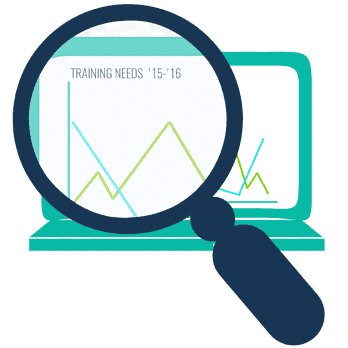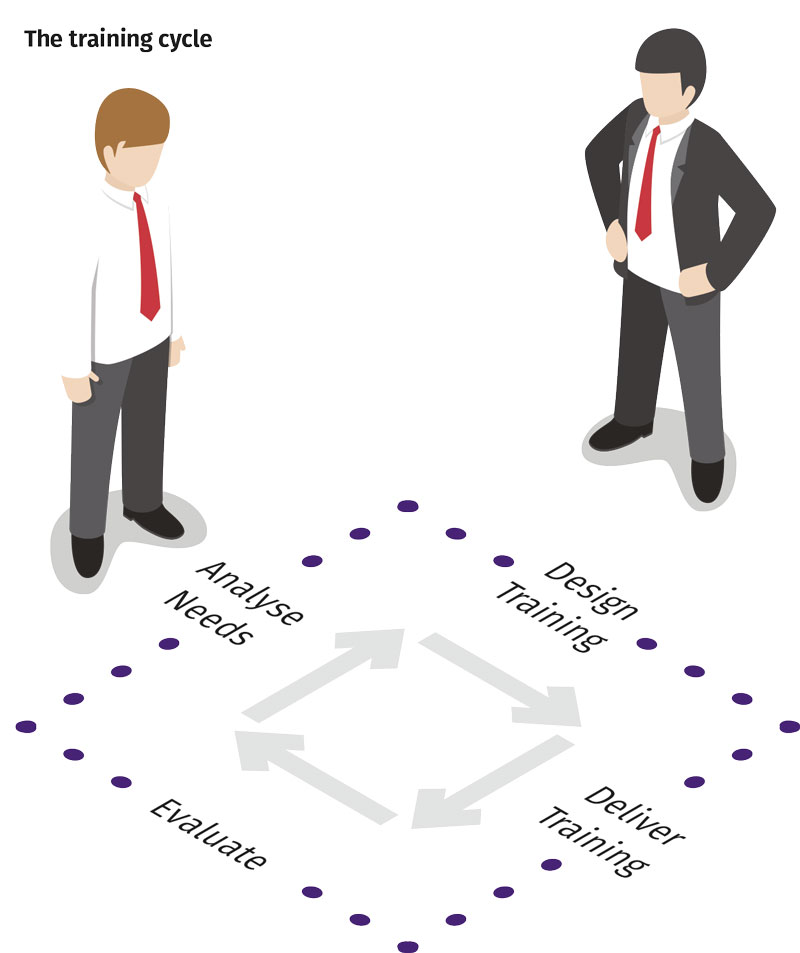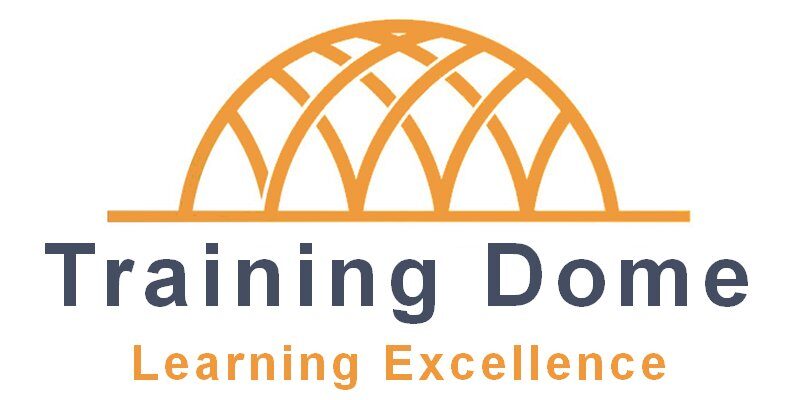Contents of the programme.
Goals.
Who Is This Program For?
- Human resources managers
- Training managers
- Trainers and training consultants
- In private and public companies and institutions
- Government departments and ministries
- Training centers and institutions
Program Goals
At the end of this program each participant will be able to:
- Describe the determinants of training value and effectiveness
- Using ISO specifications for training
- Defining training needs and requirements
- Describe the stages of the training needs assessment process
- Use methods of collecting information
- Describe the importance of merit and its types
- Using the “Tinas” system to assess training needs
Content.
Training needs identification programme
Training needs are a set of skills, capabilities, behaviors, attitudes, ideas, knowledge and experiences that are required to be acquired, refined and developed by the trained individuals, by identifying the gap between current performance and desired performance.
1
- Invest in training
- The need to develop the competence and competence of individuals and institutions
- The five T’s model
Determinants of training value:
- Identification of training needs
- Quality of training
- Training cost
- Training evaluation
- What happens if we neglect one of the four factors?
- The skills gap and the importance of analyzing it
- ISO 10015 system for quality training
- Competency-based training needs
2
Levels of training needs assessment:
- Evaluating the organization’s needs
- Functional needs assessment
- Assessing individuals’ needs
- Requirements for the training needs assessment process
- Stages of the training needs assessment process
- Steps in the training needs assessment process
Needs assessment methods:
- Training evaluation
- Direct observation
- Questionnaires
- Interviews
- Focus groups
- the exams
- Study records and reports
- Samples of work
3
- Modern methods for assessing training needs
- Frequency, Importance and Difficulty (DIF) method
- Importance and Performance Analysis (IPA) method
- Methods for determining importance
- Methods for determining performance
- Four Quadrant Model (QM)
- Country Model (DM)
- Recent developments in importance and performance analysis
- Add priority to importance
TINASS training needs assessment system:
- Evaluating the organization’s needs
- Functional needs assessment
- Assessing individuals’ needs

What will you get in this program?


About the programme.
Training Needs Assessment Program With An Introduction To The Latest Electronic Training Needs Assessment System.
“Many training efforts began for no reason, continued without purpose, and ended without results.”
W. McGehee and P. W. Thayer, Training in Business and Industry (New York: John Wiley and Sons, Inc., 1961), p. 22.

Training Needs Assessment
What is the return on investment in training employees and workers?
Do you agree that human capital is one of the most important resources in your organization?
Training needs analysis is a process that can be used to identify learning and performance gaps in an organization, thereby identifying the training and development needs of employees across different levels. A comprehensive training needs analysis process is an essential tool to help increase individuals’ capabilities and enhance an organization’s competitive advantage. Therefore, conducting a training needs analysis process has become extremely important for human resources managers and training and development professionals. This program will help participants understand and learn the following knowledge and skills:
- The level of qualification required for your employees
- The type of training they need
- The development required to meet current and future challenges
- Obtaining the greatest economic return from your training programs?
- Ensure that the training budget will not be wasted?
Most institutions do not undertake the process of identifying training needs in a systematic manner because it is a complex process and consumes a great deal of effort and time.
In this program you will discover how to choose effective training programs for your employees! How to accurately identify who needs training, and what training they need. Subscribe now to this program!

The program includes an introduction to the TNAS system. The latest advanced electronic system for assessing training needs to obtain the greatest economic returns from training programs.

How to choose effective training programs for your employees!
How do you accurately identify who needs training, and what training they need…
The newly developed TNAS training needs assessment system achieves this for you in an easy, accurate and effective way.
The TNAS training needs assessment system helps you determine the training needs of individuals and institutions in an objective and accurate manner, and puts in your hands a plan that shows the required training programs and the amount of need for them for each employee, and for each work team or group within the institution.
Tenas makes training a profitable investment and not a waste of money and time…

How to register?
You can register in one of the following ways:
- Online registration
- Email: dubai@alphatraining.co.uk
- Mobile/WhatsApp:
You can pay in one of the following ways:
- Payment via credit card online
- Direct bank transfer (please call for bank details)
- Please send an invoice to my company/organization (based on an approved purchase order from the company or organization).

What they say about our programme.

Remote training method.
This system consists of five steps as shown below.
Step 1
Registration1. Registration
Register and pay the fees online or in any other way. The training material files, and all other files and documents related to the program, will be sent to each participant. Those registered in the program will also be informed of how to use the technology that each participant needs to join the live online training.
Step 2
Preparation2. Preparation
Each participant studies the training materials and writes down any notes or questions to discuss during the course. The time and date to attend the live online training are confirmed.
Step 3
Online Training3. Online Training
Participants attend live online training. The trainer does the following:
- Explain what needs to be explained from the training content
- Answering participants’ questions.
Step 4
Assessment4. Assessment
Each participant will contribute to the 360-degree assessment online, which will be explained and demonstrated by the trainer. When this step is completed, a 360-degree report is extracted and sent to all participants, where it will be discussed and any questions related to it will be answered.
Step 5
Evaluation and Graduation5. Evaluation and Graduation
This is the final step in which each participant does the following:
- Complete the online course evaluation form
- Graduation and awarding of certificates





